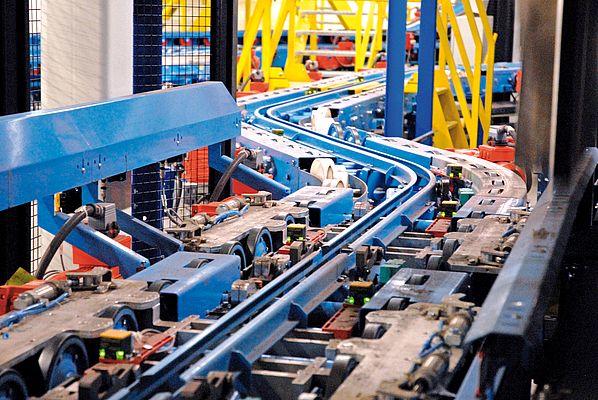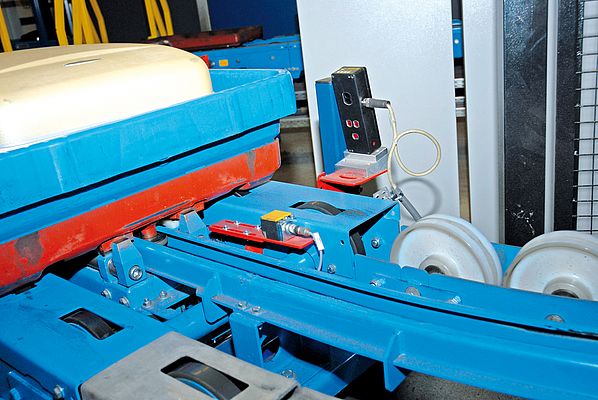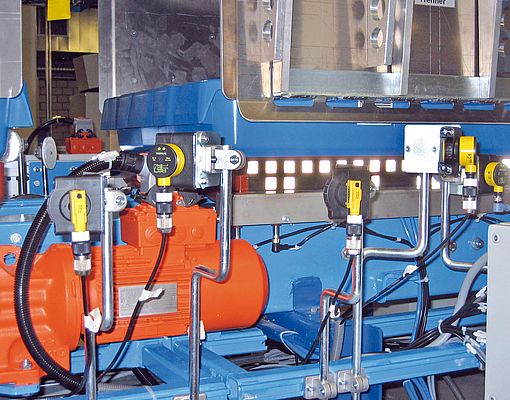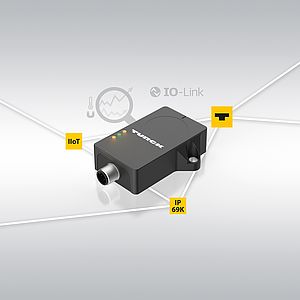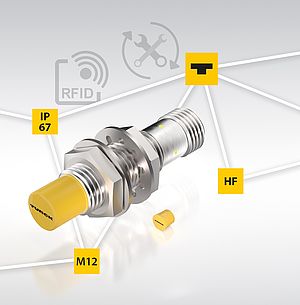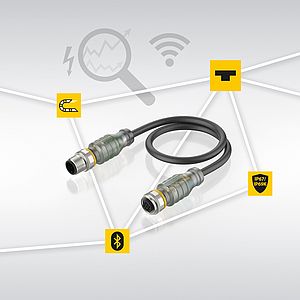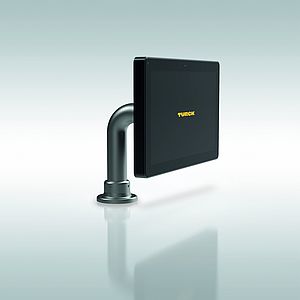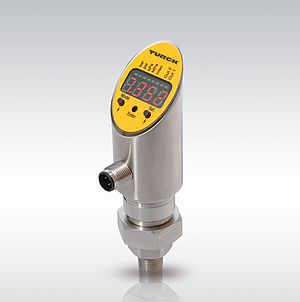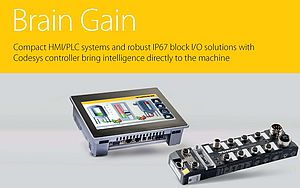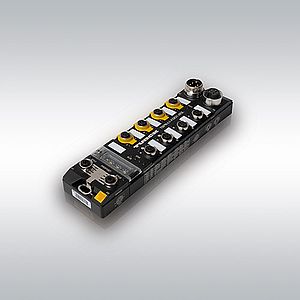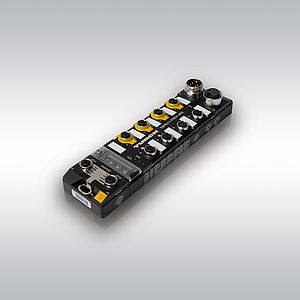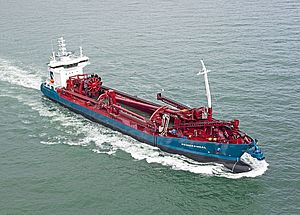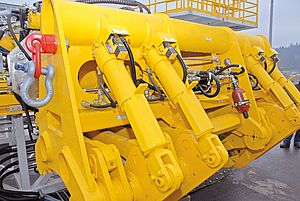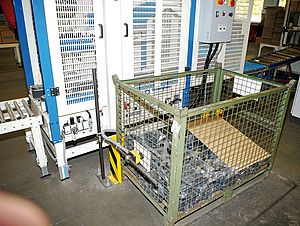The automatic baggage transportation system in the airport at Frankfurt is unique to the world regarding capacity, quality and performance. On a transport route that is 73 kilometers long, about 18,500 pieces of luggage find their way to their destination within an hour. Inductive and optical sensors from Turck guarantee the reliable identification of the transport boxes.
The airport in Frankfurt (operated by a company called Fraport AG) is one of the biggest airports worldwide. Nearly 150,000 passengers use the airport every day. For more than half of the passengers, the airport is only a transit station. Most of them take connecting flights within 45 minutes. To ensure that the luggage of the passengers find its way into the right airplane fast, Fraport AG operates an automatic baggage transportation system, which guarantees the quick loading of the airplanes with a reliability of 99.65 percent. On a transport route of 73 kilometers, the suitcases and bags are transported between the gates on terminal 1, terminal 2 and the ramp position. The average speed is 2.5 meters per second. At a few high-speed routes in the tunnels between terminal 1 and 2, the speed can increase up to 5 meters per second.
On their way to the airplanes the luggage is checked automatically for security reasons. That happens in multi-level x-ray control stations (MRKA), which are integrated into the transport route. During the last four years, Fraport AG replaced their established system with a new, ultra-modern system that was built by the conveyor specialist Beumer Maschinenfabrik in Beckum. While Beumer was responsible for the mechanical part of the system, control and electrical engineering was assigned to SEAP Automation GmbH in Langen. Owner and managing director Anton Pajonk is experienced regarding the use of control technology at the airport in Frankfurt. He already participated in the reorganization from relays to PLC technology at the end of the 1980's. He founded his own company in 1992, which has grown up to 25 members of staff. Besides customers from the airport sector, SEAP Automation also serves reputable automobile manufacturers and component suppliers.
The first MRKA was built in 2006 for terminal 2. A year later the system was installed for terminal 1 as well. Both systems were equipped with control technology from SEAP Automation, which planned and constructed the system, including a new sensor system that provided optimal surveillance. ”We integrated about 1,500 control driven components into the redundancy system and the new interline-system of the transport route,“ estimates Pajonk. ”The number of the sensors used is about 5,000, including various proximity switches, light sensors and safety light barriers from Turck.“
The proximity switches are used to detect the oncoming transport boxes and their transport chassis. The chassis is made out of metal and it carries a transport box made of synthetic material, which contains one piece of luggage at a time. To be more flexible with the process, and to be able to separate the transport box and the metal chassis for the security x-ray, a split solution was installed in Frankfurt. While a barcode is attached to the boxes, the chassis is equipped with reflectors that allow an easy identification on the basis of the so called Hamming-Code. The Hamming-Code is a linear block code that allows an automatic error correction, which makes the machine very reliable.
Setting the course
The new conveyor belt system uses about 100 conveyor switches that direct the transport boxes to their final destination. In front of the switches, a barcode scanner reads the barcode attached to the boxes, while an optical code-reader station reads the reflector's code which is attached to the outside of the chassis. For the managing director of SEAP Automation, Anton Pajonk, optical code-reading is an easy, approved and reliable technology. ”Other airports often use the tracking-procedure where the data of the chassis needs to be compared with the data in the PLC. In contrary to this procedure, we can read the data from the boxes all the time with the help of our code-system, so that errors don't occur,“ says Pajonk.
Code-reader stations
The code-reader stations that were constructed by Turck in close cooperation with SEAP Automation are equipped with optical sensors from Banner Engineering, one of the partners of Turck. Each station contains a light sensor which detects the box, and three light barriers which recognize the reflector's code. ”Based on the good experiences with the inductive proximity switches of Turck, we also used the optical sensors from Turck for the new code-reading stations,“ comments Pajonk his decision. ”Because of our good cooperation and the intense support from the staff of Turck, we were able to realize our ideas and present a high performance solution.“
In addition to the optical sensors that are integrated into the reading stations, SEAP Automation used light curtains, light sensors and barriers for the transport route. While the light curtains are used to check the luggage overhang and the height control, the other optical sensors ensure a smooth operation of the system by recording every oncoming transport box and giving the signal to accelerate or slowdown the box if needed. This procedure ensures that there aren't any collisions. The construction and the exact arrangement of the optical sensors were special challenges that only could be solved with the special ball-and-socket joint rack from Turck. ”To adjust the optical sensors accurately, we usually would have needed an expensive and time-consuming construction. But thanks to the special ball-and-socket joint rack from Turck, which allows an alignment in X or Y direction, the construction was done quickly. We were able to save a lot of time and money,“ explains Pajonk.
Author: Jochen Mark is a sales specialist at Turck Germany in Mülheim


